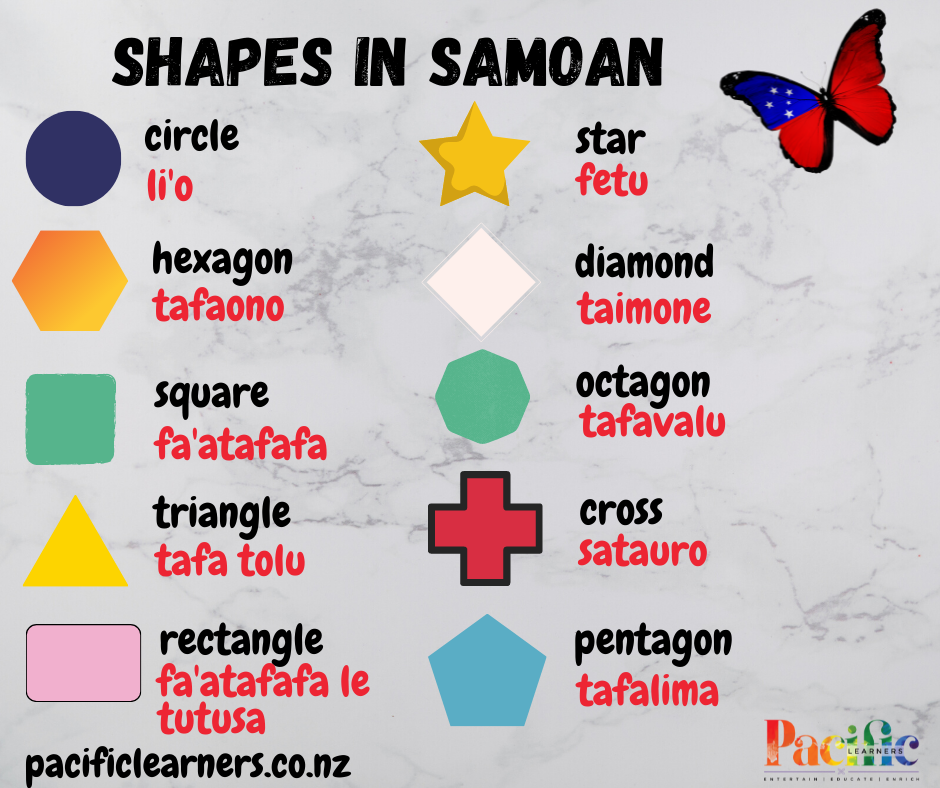Samoa language to english – Embark on a linguistic journey with Samoan language to English, a comprehensive guide that unravels the intricacies of this captivating language. Dive into its historical roots, phonology, grammar, and cultural significance, gaining insights into the nuances of translation and the preservation of a vibrant cultural heritage.
From exploring the unique sounds and sentence structure of Samoan to understanding the challenges and rewards of translating between two distinct languages, this guide offers a multifaceted perspective on the Samoan language.
History and Origin of Samoan Language
The Samoan language is an Austronesian language spoken by the Samoan people, who are indigenous to the Samoan Islands. It is closely related to other Polynesian languages, such as Tongan, Niuean, and Hawaiian.The Samoan language is believed to have originated in the Lapita culture, which was a seafaring culture that spread throughout the Pacific region around 3,000 years ago.
The Lapita people are believed to have brought the Austronesian languages to the Pacific, and Samoan is thought to have diverged from the other Polynesian languages around 2,000 years ago.Samoan is spoken by around 250,000 people in Samoa, American Samoa, and Tokelau.
There are two main dialects of Samoan: Western Samoan and Eastern Samoan. Western Samoan is spoken on the islands of Upolu and Savai’i, while Eastern Samoan is spoken on the Manu’a Islands.Samoan is a rich and expressive language with a complex grammar and a large vocabulary.
It is used in all aspects of Samoan life, from everyday conversation to formal speeches. Samoan is also an important part of Samoan culture, and it is used in traditional songs, dances, and stories.
Phonology and Grammar of Samoan

The Samoan language exhibits a unique sound system and grammatical structure that sets it apart from other Polynesian languages. This section delves into the phonological and grammatical intricacies of Samoan, exploring its distinctive sounds, parts of speech, and sentence construction.
Phonology of Samoan
Samoan phonology is characterized by a limited inventory of phonemes and a distinctive vowel system. The language has five vowel phonemes: /a/, /e/, /i/, /o/, and /u/, each of which can be pronounced short or long. Consonant phonemes include: /p/, /t/, /k/, /f/, /s/, /h/, /l/, /m/, /n/, and /ŋ/. Notably, Samoan lacks the voiced counterparts of /p/, /t/, and /k/, as well as the fricatives /v/, /ð/, and /z/.
Samoan phonology is also marked by its use of glottal stops, which are brief closures of the vocal cords. Glottal stops can occur in various positions within words, affecting their pronunciation and meaning.
Grammar of Samoan, Samoa language to english
Samoan grammar follows a predominantly verb-subject-object word order, with nouns and pronouns marked for case. The language has a rich system of articles, pronouns, and possessive markers, which play a crucial role in indicating the grammatical function of words.
Samoan verbs are highly inflected, exhibiting a range of prefixes and suffixes that convey tense, aspect, mood, and voice. Nouns and adjectives can also be inflected to indicate possession, number, and definiteness.
Comparison to Other Polynesian Languages
Compared to other Polynesian languages, Samoan phonology shares similarities in its vowel system and the use of glottal stops. However, it differs in its lack of voiced consonants and the absence of certain fricatives. Grammatically, Samoan exhibits a verb-subject-object word order, similar to other Polynesian languages, but its system of articles, pronouns, and possessive markers is distinct.
Vocabulary and Translation

Samoan and English are two distinct languages with different vocabularies and grammatical structures. Translating between these languages requires an understanding of the nuances of both.
Common Samoan Words and Phrases
- Talofa– Hello
- Fa’afetai– Thank you
- ‘Ole– No
- ‘lo– Yes
- ‘Aiga– Family
- Fa’aaloalo– Respect
- Tausi– To take care of
- Malo– Good
- Le’a– Happy
- Fa’apea– How are you?
Techniques for Translating Samoan to English
- Identify the meaning of individual words.
- Understand the context of the sentence.
- Translate the sentence into English, keeping in mind the grammatical differences between the two languages.
- Check the accuracy of the translation by comparing it to the original text.
Challenges of Translating Samoan to English
- Differences in grammar.Samoan has a different grammatical structure than English, which can make it difficult to translate certain phrases.
- Cultural differences.Some Samoan words and phrases have cultural meanings that may not be easily understood by English speakers.
- Lack of resources.There are relatively few resources available for translating Samoan to English, which can make it difficult to find accurate translations.
Tips for Translating English to Samoan
- Use a dictionary or translation tool.
- Ask a native Samoan speaker for help.
- Be patient and take your time.Translating between languages is a complex process that requires practice and patience.
Cultural Significance of Samoan Language

The Samoan language holds immense cultural significance in Samoan society, serving as a vital medium for preserving cultural traditions, expressing identity, and fostering community bonds.
Samoan language plays a crucial role in transmitting cultural knowledge and values from generation to generation. Through oral storytelling, traditional songs, and proverbs, the language carries the collective wisdom, history, and beliefs of the Samoan people. It serves as a bridge between the past and present, ensuring the continuity of cultural heritage.
Preservation of Cultural Identity
Samoan language is deeply intertwined with the cultural identity of the Samoan people. It embodies their unique worldview, customs, and social norms. Speaking and understanding Samoan is a fundamental aspect of being Samoan, connecting individuals to their cultural roots and sense of belonging.
Efforts to Revitalize and Promote
Recognizing the importance of preserving and promoting the Samoan language, there have been concerted efforts to revitalize and promote its use. These initiatives include language immersion programs in schools, community-based language learning initiatives, and the establishment of cultural centers dedicated to the preservation of Samoan language and culture.
Samoan Language in Education and Media
The Samoan language plays a significant role in education and media within Samoa and beyond. In education, Samoan is recognized as an official language of instruction in schools, ensuring that students have access to education in their native tongue. The language is also used in various forms of media, including literature, film, and music, contributing to the preservation and promotion of Samoan culture and identity.
Use of Samoan in Education
In Samoa, Samoan is the primary language of instruction in primary and secondary schools. This allows students to learn in their native language, which enhances their comprehension and academic performance. The use of Samoan in education also helps to preserve and strengthen the cultural identity of Samoan students.
Beyond Samoa, Samoan language programs are offered in some schools and universities abroad, particularly in countries with significant Samoan communities. These programs aim to teach Samoan language and culture to Samoan diaspora and non-Samoan learners who are interested in the language.
Representation of Samoan in Media
Samoan language is well-represented in various forms of media, including literature, film, and music. Samoan literature, both traditional and contemporary, showcases the richness and diversity of the Samoan language and culture. Samoan films and television shows often feature Samoan dialogue, which helps to promote the language and make it accessible to a wider audience.
Samoan music, particularly traditional Samoan music, is a vibrant expression of Samoan culture and identity. The lyrics of Samoan songs often convey stories, legends, and cultural values, contributing to the preservation and transmission of Samoan language and traditions.
Challenges and Opportunities
While Samoan language is widely used in education and media within Samoa, there are challenges in promoting its use abroad. One challenge is the limited availability of Samoan language resources and materials outside of Samoa. Another challenge is the influence of other languages, such as English, which can lead to a decline in the use of Samoan among younger generations.
Despite these challenges, there are opportunities to promote Samoan language in education and media. One opportunity is to develop more Samoan language resources and materials, such as textbooks, dictionaries, and online learning platforms. Another opportunity is to encourage the use of Samoan language in media, such as through the production of Samoan-language films and television shows.
Resources for Learning Samoan
Samoan is a vibrant and expressive language spoken by over 300,000 people worldwide. If you’re interested in learning this beautiful language, there are a variety of resources available to help you get started.
Textbooks
- Samoan: A Grammar and Workbook by Margaret Mutu and Fa’afoi A. Perenise
- Fa’a Samoa: A Samoan Language Course by Fa’afoi A. Perenise
- Speak Samoan: A Conversational Guide by Lisi Tanuvasa
Online Courses
- Samoan Language Course by the University of Auckland
- Samoan for Beginners by Transparent Language
- Learn Samoan with Busuu
Language Exchange Programs
- Tandem
- HelloTalk
- Speaky
Structured Learning Plan for Beginners
To learn basic Samoan, follow these steps:
- Start with the alphabet and pronunciation.
- Learn basic grammar, such as nouns, verbs, and adjectives.
- Practice speaking and listening to Samoan.
- Immerse yourself in the language by reading, watching, and listening to Samoan media.
Comparison of Samoan Language Learning Methods
| Method | Effectiveness | Pros | Cons |
|---|---|---|---|
| Textbooks | Good for structured learning | Comprehensive, self-paced | Can be dry and impersonal |
| Online Courses | Interactive and engaging | Convenient, often with audio and video | Can be expensive, less structured |
| Language Exchange Programs | Immersive and authentic | Free, allows for real-time practice | Requires finding a language partner, can be inconsistent |
Outcome Summary
In conclusion, the Samoan language stands as a testament to the rich cultural tapestry of the Samoan people. Its preservation and promotion are essential for maintaining a strong sense of identity and fostering cross-cultural understanding. Through education, media representation, and dedicated language learning efforts, the Samoan language continues to thrive, connecting generations and bridging linguistic divides.
FAQ Overview: Samoa Language To English
What is the historical origin of the Samoan language?
The Samoan language belongs to the Polynesian branch of the Austronesian language family, with its roots in Proto-Polynesian. It shares close linguistic ties with other Polynesian languages, such as Hawaiian, Tahitian, and Maori.
How is the Samoan language structured grammatically?
Samoan grammar is characterized by a verb-subject-object word order and a rich system of particles that indicate grammatical functions. Nouns have two numbers (singular and plural) and three cases (nominative, genitive, and accusative).
What are the challenges of translating between Samoan and English?
Translating between Samoan and English presents unique challenges due to differences in cultural context, idioms, and sentence structure. Translators must be sensitive to these nuances to convey the intended meaning accurately.